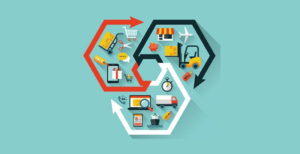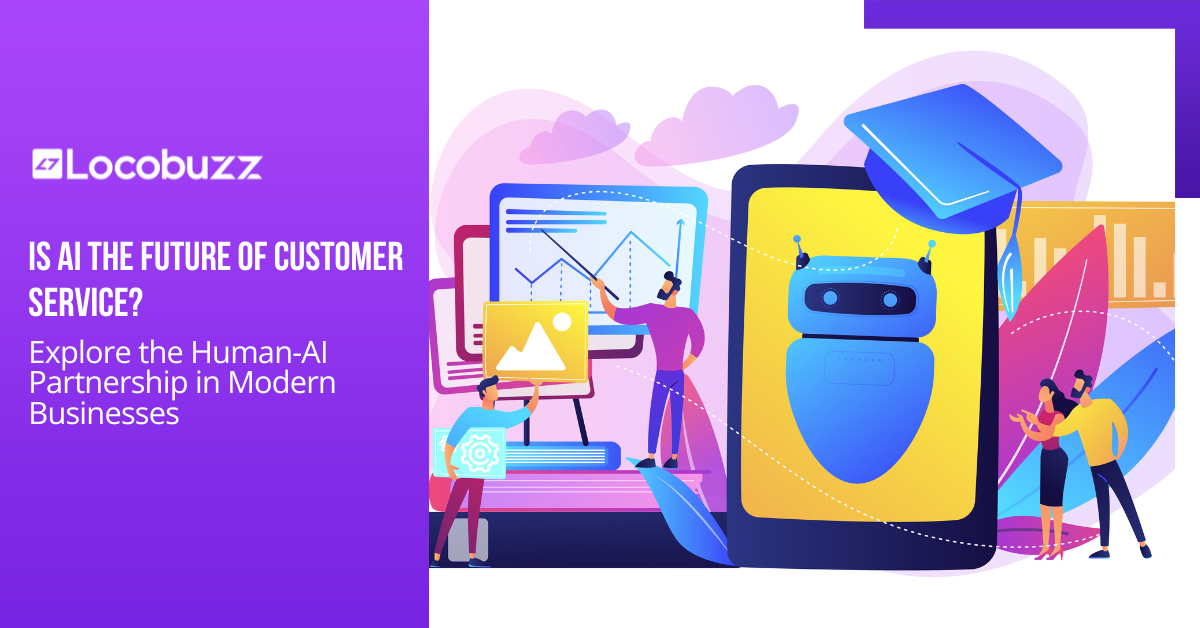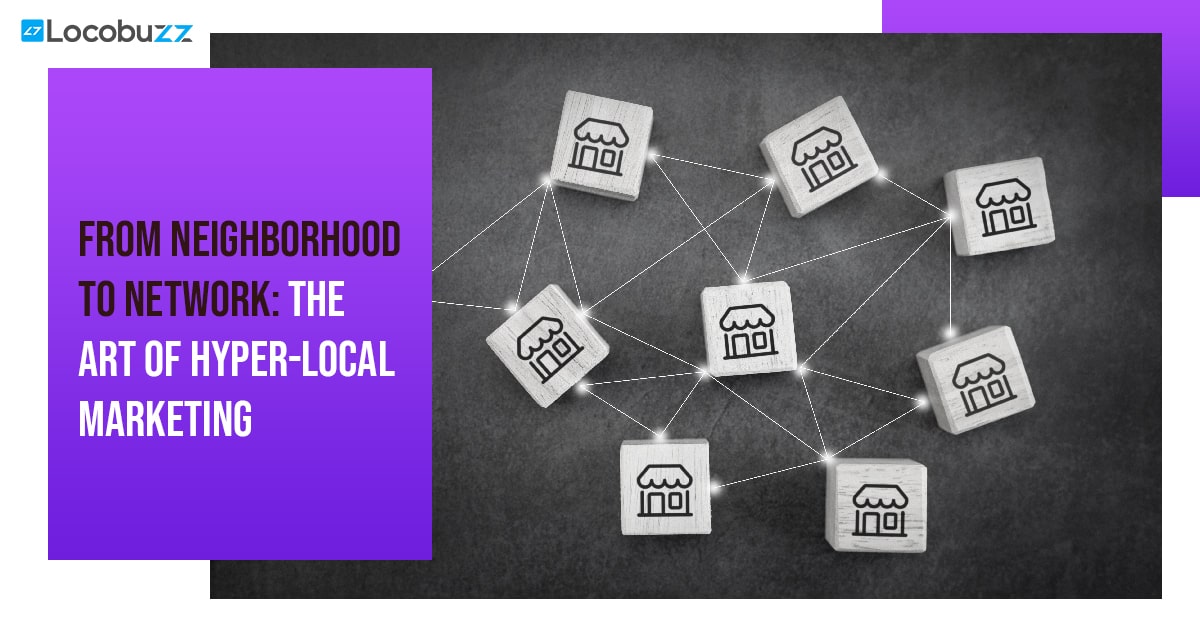What is Omnichannel Customer Experience (CX)? Importance & Benefits
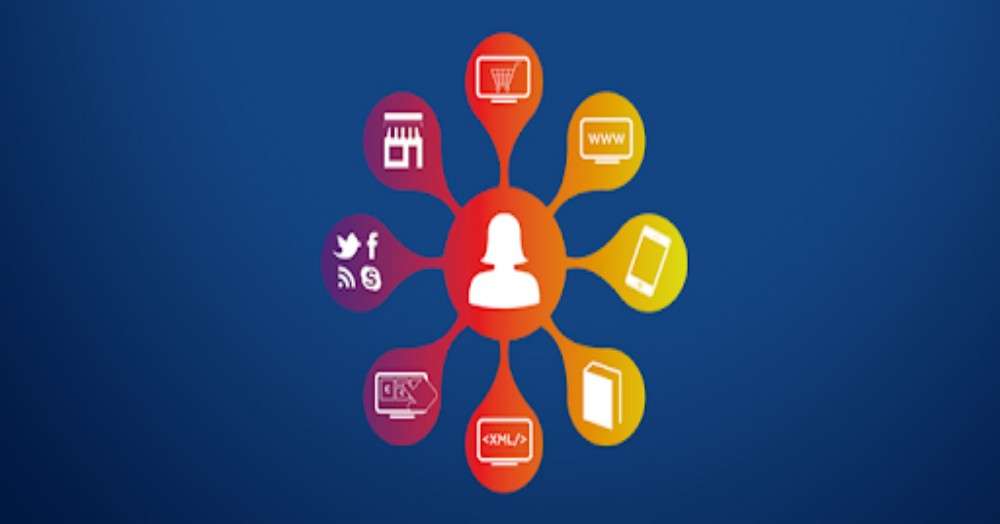
Business leaders insists on omnichannel customer experience because customers generally research a product on multiple channels like Google, mobile apps, social media, live chat, business websites, and offline stores. Most businesses generate leads when customers connect with them through these touchpoints.
When businesses incorporate an Omnichannel Strategy, they experience smooth Customer Engagement and Retention. This results in increased sales as customers purchase and spend more frequently creating an Omnichannel Customer Experience.
Table of Contents
What is omnichannel customer experience?
Omnichannel customer experience can be defined as the online interaction of individual customers over multiple channels as part of one uninterrupted customer purchase experience.
These channels are connected with promotions, sales, customer care support, and in-store experiences so a customer can effortlessly switch from one channel to another. For instance, Decathlon provides online shopping as well as a store pick-up facility. According to Google, omnichannel customers have 30% more lifetime value than those using a single channel.
One great example of an Omnichannel Marketing Strategy is Amazon. What began as an online marketplace started providing users with an omnichannel experience. Consumers got access to their profiles through the Amazon website, mobile app, Alexa devices, and smartwatches! They also offer an in-store experience with the Amazon Card service where buyers can make a purchase virtually anywhere. Along with Placing and Tracking Orders, Amazon also provides home deliveries.
Its omnichannel customer experience approach is seamless because if the customer wants to repeat the order or add new products, they can do so manually via smartphones or Alexa. Amazon is one of the best omnichannel customer experience examples to take a cue from.
Why is omnichannel customer experience important?
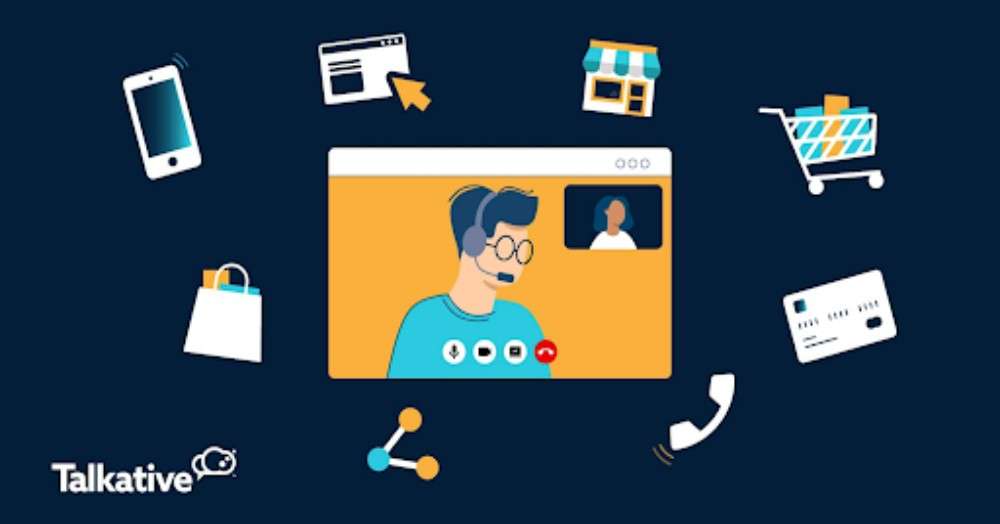
An omnichannel customer experience strategy can considerably influence customer convenience and business sales conversions providing a bird’ eyes view of your customer’s journey. It is observed that customers who frequently use multiple channels to communicate with the companies had a 250% higher purchasing frequency rate than single-channel users. Omnichannel customer service creates 30% more valuable customers due to two main protocols:
- Personalized experience with their brands through the medium of their choice. Whether it’s shopping online or in-store or connecting with them via live chat, customers can simultaneously use these options to fulfill their personal needs. For example, if you’ve gone shopping in the Nike store, you can show the employees the picture of the Nike shoes you found on its website and help them find the same in the store. This results in an improved personalized customer experience and enhances the chances of potential customers to buy the product.
- Customer loyalty due to the exceptional customer experience obtained via an omnichannel interaction. Customers usually don’t get frustrated when a brand provides uninterrupted customer service. This results in customer retention meaning one-time customers become regular customers.
Top reasons to use Omnichannel customer experience | Benefits
85%
85% companies retain customers with the help of omnichannel customer experience.
41%
Engaging with customers resulted to 41% of more revenue growth for companies .
70%
70% of customers expect a response on social media (better customer experience)for their complaint.
- Increased choice for customers : Giving variety of integrated channels interests them to interact with you and is helpful for them while maintaining relevance.
- Reach to larger number of audiences : The more prominent quantity of channels you have, the more potential customers you can attract.
- Higher customer retention and income : Omnichannel customer experience leads to improved customer experience as businesses provide multiple channels resulting in better communication as well as retention and profits.
- Measure & Collect customer data : Consumer experience journey gives a rich wellspring of data. This Data and analytics empowers you the ability to view and learn the results of your efforts, allowing you to improve your strategies.
- Make your own omni-channel universe : With all the data and information acquired from omnichannel customer experience journey, you can create thoughts on the most proficient method to make the customer journey more systematic. By fine-tuning your process you will likely generate more revenue.
Top 3 Detailed Examples of Omnichannel customer experience
Who has successfully integrated different digital channels and commerce and what lessons can we draw from their success?
1. Uber
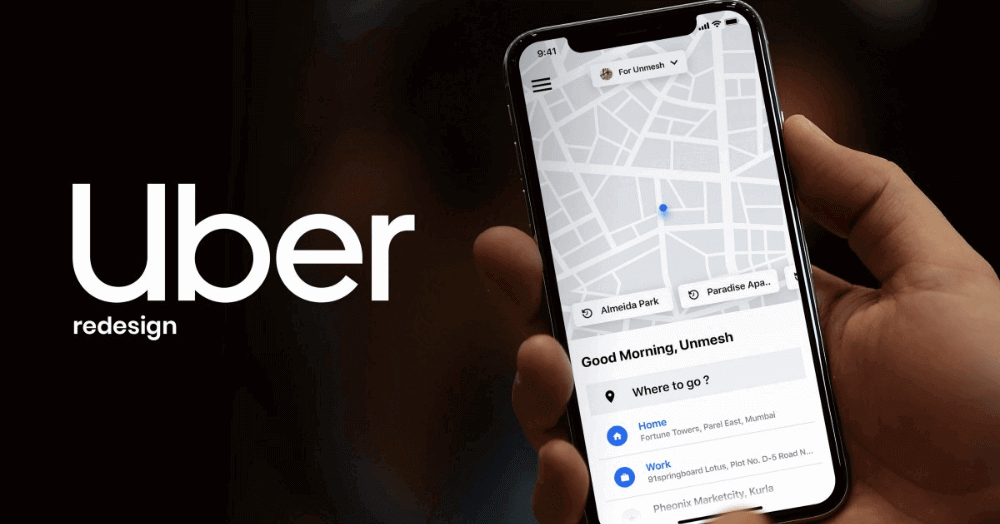
Uber uses technology to combine real-world interactions and digital ones. This allows them to be combined to remove any friction or limitations in traditional taxi-taking. All information is available, including the location of the nearest ride, its cost, and how to hail it. The driver has instant access to a map and navigation, as well as a rating system that allows him to identify potential trouble customers.
App-taxi synergy improves the user experience by eliminating unknowns. Passenger and driver can easily identify each other’s names, plates and previous trips, creating a sense of familiarity that is both comforting and empowering. You also have complete transparency regarding the route chosen and the cost breakdown.
Key Learning – Omnichannel customer experience strategy doesn’t have to be complicated or involve a lot of customer journeys and channels. Even if you have a few touchpoints that are relatively simple, you can still benefit from complete integration and visibility. This helps you to improve your service.
2. Amazon
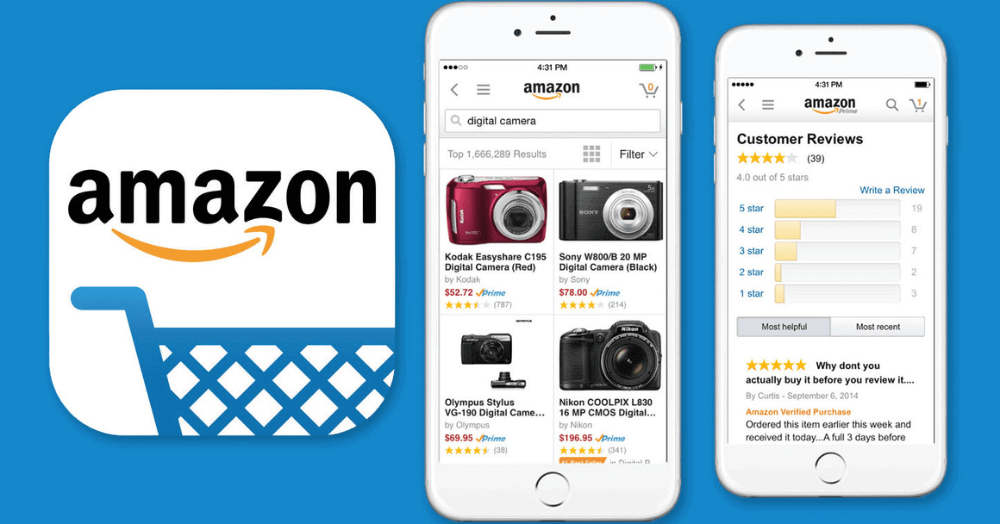
Amazon is the leader in omnichannel experiences for consumers. It offers an app and website that sync consumers carts automatically when they are signed in. Additionally, it provides a customer support experience that allows customers to choose the method that is most convenient for them.
Key Learning – Omnichannel retail is all about seamless experiences which is well provided by Amazon. However, omnichannel customer experience it doesn’t mean obscuring the workings of the system so customers don’t see them.
Amazon’s smooth operation depends on its clear communication regarding which rules apply, and its ability set expectations. Amazon Prime customers get free shipping on all items bearing the Prime logo. Regular customers do not. Third-party sellers can be identified with a profile page, as well as their review scores, so customers can make informed decisions.
3. Oasis
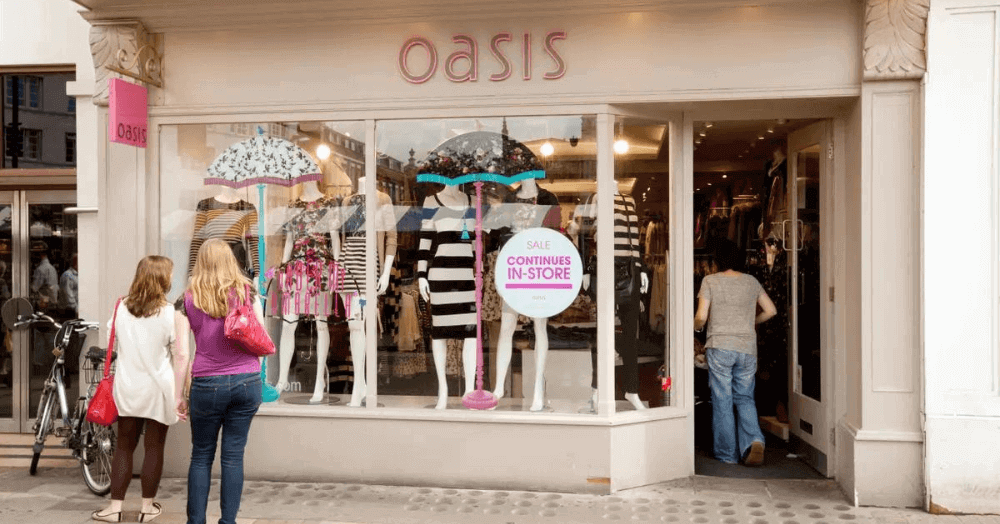
Oasis, a U.K. fashion retailer, combines its ecommerce website, mobile app and brick-and mortar stores to create a single shopping experience. The Oasis app makes it easy to shop on-the-go, and the website incorporates data from different stores so customers can see what’s selling.
With in-store sales consultants armed with iPads, they can take payments so customers don’t have to queue at the till, provide instant product advice and information, and even order an item directly to a customer’s house if it is out of stock in the store.
Key Learning – Oasis promoted exploration of their website through social media channels. To entice customers to learn more about each product, they used specific product item codes.
Oasis identified all the places where customers hanged out frequently, both online and offline and set up touchpoints to make these places shoppable. These touchpoints for are not just standalone sales channels or support channels but are interconnected to create a more cohesive experience.
Tips & Tricks to improve omnichannel customer experience
Businesses are able to boost customer satisfaction and retention significantly with the help of omnichannel customer experience. You can eliminate siloed interactions and provide a better customer experience by implementing these tricks correctly. Here’s a list of tips and tricks to create a positive omnichannel customer experience management system.
1. Better understand your customers
Your business will benefit tremendously from customer personas that represent different segments of your target audience. Data-driven research is key to understanding your target audience, better omnichannel customer experience and motivating them to buy your products and/or services.
2. Plot your customer journey map
The typical customer journey map starts with the first contact the customer has with your brand/product and continues through the sale. The mapping process can be complicated as customers interact with touchpoints on multiple channels.
The customer journey map and customer experience statistics can be used to help you better understand your customers and bridge the gap between channels and devices for a seamless and satisfying omnichannel customer experience.
3. Be wise when choosing your channels
Find out where your customers spend their time on like Pinterest, Instagram, Facebook and LinkedIn. Do not forget to consider offline opportunities. Make sure you optimize your content for the digital and offline channels that are most relevant to your marketing strategy.
4. Take stock of the gaps in fragmented experiences
Watch out for data gaps between channels for improved omnichannel customer experience. This could cause customers to use different channels or sources for the same purpose. Customers may lose their time, which can lead to inconvenience and ultimately ruin their experience.
5. Leader's success stories
In the omnichannel world, there are many success stories. Although copying success stories from brands such as Bank of America, Starbucks, Disney, and Amazon won’t necessarily lead to your business reaching the same heights of success, it’s worth paying close attention to how they use their resources to help you navigate your way.
6. Analyze customer feedback
Businesses can use customer feedback to their advantage. It provides golden opportunities to help them gain a deeper understanding of customers and to better serve them. Set up a system that will allow you to collect and analyze feedback, then take action.
Omnichannel customer experience vs. omnichannel marketing
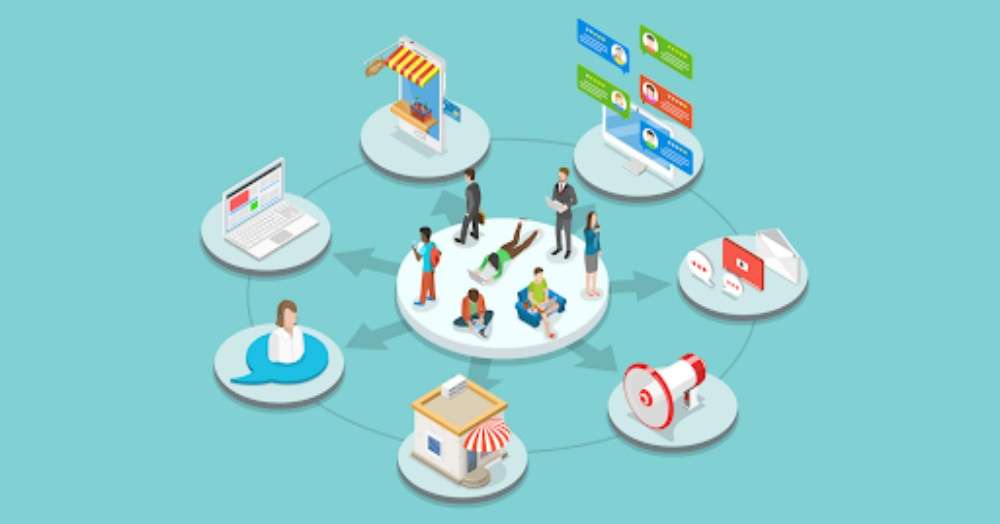
Omnichannel marketing is sending promotional messages to users and focusing on branding consistently across several digital and conventional marketing channels that are interconnected. For instance, when a customer abandons a product in the cart, they may receive a constant reminder on emails and retargeting advertisements on Facebook or Instagram.
Whereas, an omnichannel customer experience entails a multi-channel strategy for business sales, customer care support, customer retention, and marketing. For example, Starbucks cards- Customers can use their Starbucks card, which is linked to their mobile app, website, and in-store services to buy Starbucks items and get rewards. So that if a customer uses the card via one channel, it automatically and immediately gets updated across the other Starbucks channels. Whether it is reloading the card on the mobile app while waiting in line or receiving rewards points, customers feel comfortable and stick to the brand.
Locobuzz as a platform provides a complete omnichannel solution and enables brands and businesses to produce an overall view of their consumers. It pays attention to customer feedback and responds to their concerns and queries in real-time all from a single dashboard. It develops the brand’s image as a consumer-centric brand by streamlining its actions from one dashboard. It also focuses on social listening, customer profiles, effective contextual engagement, modern communication, and ticket management.
Create the best omnichannel customer experience (CX) with Locobuzz
Locobuzz is one of the best omnichannel customer experience tools or platforms. Here’s how Locobuzz can be a reliable platform for businesses and brands to create a seamless customer experience and improve their sales and customer retention.
- Creates an uninterrupted experience on phone by making your website/app mobile-friendly with large and attractive visuals and an effective contextual engagement by providing quick access to the customer history of interaction, data, and insights. This aids in easily identifying the customer journey stage all at once on a systematic ticket-view timeline.
- Covert’s customer interaction into tickets so that a dedicated team can further address it on priority through powerful escalation models and ticket workflows. This guarantees timely assignment, query resolution with the help of various automated features and improves TAT scores.
- Actively engages with users across multiple channels to enable user-generated content, upgrade SEO, improve referrals, user screen time on the site, and conversions. It generally uses techniques like running a social contest over social apps or on the website, interacting with users on the web regarding ratings, feedback, and reviews, and plans rewards for users for cross-promotion.
- Uses the latest technology for omnichannel customer experience that includes video chat, voice calls, chatbots, and other social listening tools that help customers connect with customer service agents on several channels.
Conclusion
Omnichannel customer experience is the future of sales. Since it’s an online process, users expect a fast and effortless way to purchase products regardless of channels.
Customer experiences make communication smooth across various channels to assist customers with improving their experience. Whenever consumer satisfaction improves, word spreads rapidly between companions, family and online media, empowering others to contact your business who never knew about the possibilities offered by omnichannel customer experience.
Locobuzz equips brands to provide their customers with unified solutions and extensive customer care experience across multiple channels and devices all at once. This improves customers’ encounters with the business and brand and increases sales.
Frequently asked questions
Omnichannel customer experience is the online interaction of individual customers over multiple channels as part of one uninterrupted customer purchase experience.
Omnichannel refers to the concept of giving customers and prospects consistent, integrated experiences and encouters across multiple channels. In other words, it’s about connecting various channels used by your business to support a non-stop customer journey.
An omnichannel consumer experience strategy gives businesses an elevated perspective of their client’s journey. Omnichannel clients are 30% more important to your business throughout their lifetime. It also builds satisfaction and goes about as the best client retention strategy.
Customers today have more alternatives than before. As a result, they have a much better understanding of what they want and how to get it. Apart from building fail-proof products and services, businesses have to focus more on delivering unbeatable customer experience to enhance profitability. Hence, business requires an omnichannel customer experience strategy to deliver a great customer experience.

